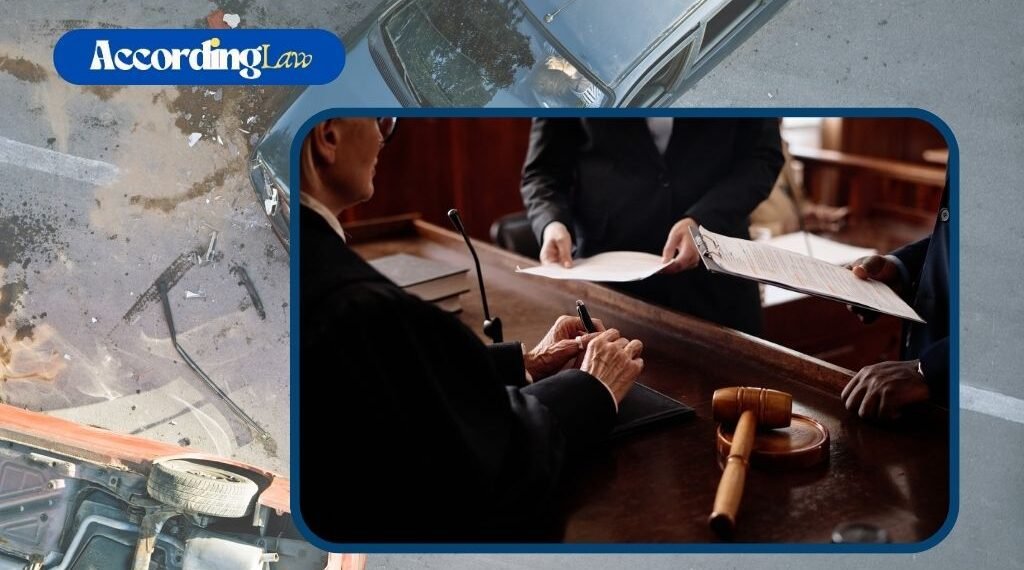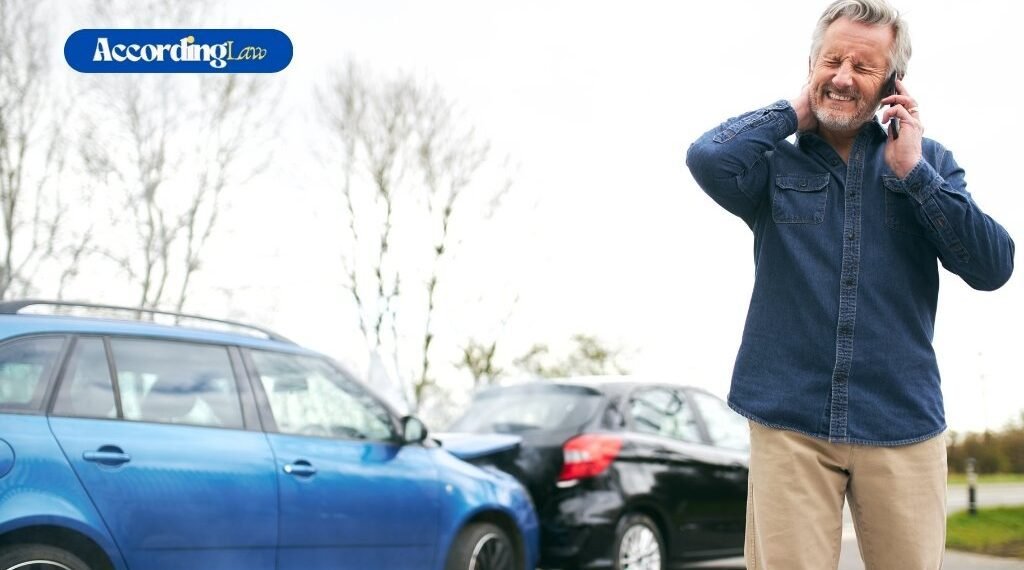When a car accident leads to a lawsuit, the legal proceedings that follow can be complex and daunting for everyone involved. The process typically unfolds over several key stages, each designed to uncover facts, establish liability, and reach a fair resolution through either a trial verdict or a settlement.
Table of Contents
Filing the Lawsuit and Initial Pleadings
A car accident lawsuit officially begins when the plaintiff files a complaint in court. This document outlines the claims against the defendant, such as allegations of negligence and requests for compensation. The defendant responds with an answer, which may deny the allegations or provide a defense.
The Discovery Phase: Gathering Evidence
After the initial pleadings, the case enters discovery. During discovery, both parties exchange evidence and information relevant to the case. This includes documents, photographs, accident reports, medical records, and insurance details. Discovery helps clarify facts and narrow the issues for trial.
Depositions and Witness Testimony
A crucial component of discovery involves depositions. These are sworn, out-of-court testimonies from witnesses, the plaintiff, the defendant, or experts. Attorneys use depositions to gather testimony that may later be used in court for cross-examination or to challenge credibility.
The Role of Mediation and Negotiation
Before heading to trial, many car accident cases go through mediation. Mediation is a structured negotiation facilitated by a neutral third party. It allows the plaintiff and defendant to discuss a possible settlement. Reaching a settlement can save both parties time and legal expenses while ensuring some form of compensation.
In fact, approximately 95% of personal injury cases, including car accident claims, are resolved through settlements before reaching trial. This high settlement rate underscores the importance of skilled legal representation to negotiate favorable outcomes for clients.
Pre-Trial Hearings and Motions
Prior to the actual court trial, attorneys for both sides may file various motions and attend hearings. These pre-trial proceedings could involve motions to dismiss certain claims, exclude specific evidence, or request summary judgment. The judge rules on these motions, which can significantly shape the trial.
Trial Begins: Opening Statements
If the case proceeds to trial, both the plaintiff’s and the defendant’s attorneys present opening statements. These statements outline each side’s position and preview the evidence and testimony to be presented. The plaintiff, who carries the burden of proof, typically presents their argument first.
Presenting Evidence and Examination
During the trial, each party introduces evidence to support their claims or defenses. This includes photographs from the accident scene, vehicle damage reports, medical records detailing injuries, and police documentation. Witnesses, including the parties involved, accident reconstruction experts, and medical professionals, provide testimony under oath.
Attorneys conduct direct examinations of their own witnesses and cross-examinations of opposing witnesses. Cross-examination is critical in challenging a witness’s credibility or accuracy of their testimony. The judge ensures that court rules are followed, and the jury assesses the evidence presented.
Closing Arguments and Jury Instructions
Once all evidence has been submitted, both sides deliver closing arguments. These arguments synthesize the facts and testimony, aiming to persuade the jury to favor one side. The judge then instructs the jury on the relevant legal standards and the burden of proof.
The Verdict and Compensation Decision
The jury deliberates in private to reach a verdict. In civil car accident cases, the jury must determine if the defendant is liable and, if so, what amount of compensation is owed to the plaintiff. Compensation may cover medical bills, lost wages, pain and suffering, and vehicle repairs. If the trial is before a judge instead of a jury, the judge delivers the verdict.
According to recent data, the average settlement amount for a car accident involving injuries is approximately $30,416, though this figure can vary widely based on factors like injury severity, medical expenses, and fault. This highlights the importance of experienced legal counsel to ensure clients receive fair compensation.
Post-Trial Motions and Appeals
Following the verdict, the losing party may file post-trial motions, such as a request for a new trial or to alter the judgment. If these are denied, an appeal can be filed. Appeals focus on potential legal errors made during the trial, not on re-evaluating evidence or testimony.
Insurance Involvement in Car Accident Claims
Insurance companies play a key role in car accident cases. Whether through pre-trial settlement or trial outcome, insurers may be responsible for paying damages on behalf of the defendant. Legal arguments often center around policy coverage, liability limits, and claim validity.
Final Thoughts on Legal Proceedings in Car Accident Cases
Car accident lawsuits are layered and technical, involving numerous legal stages and strategic decisions. From discovery and deposition to cross-examination and verdict, every step contributes to building a compelling case. Having an experienced car accident lawyer is essential to navigating the process and advocating for fair compensation. Whether the case resolves through negotiation, mediation, or a full court trial, understanding these proceedings equips plaintiffs and defendants alike to manage their claims more effectively.


